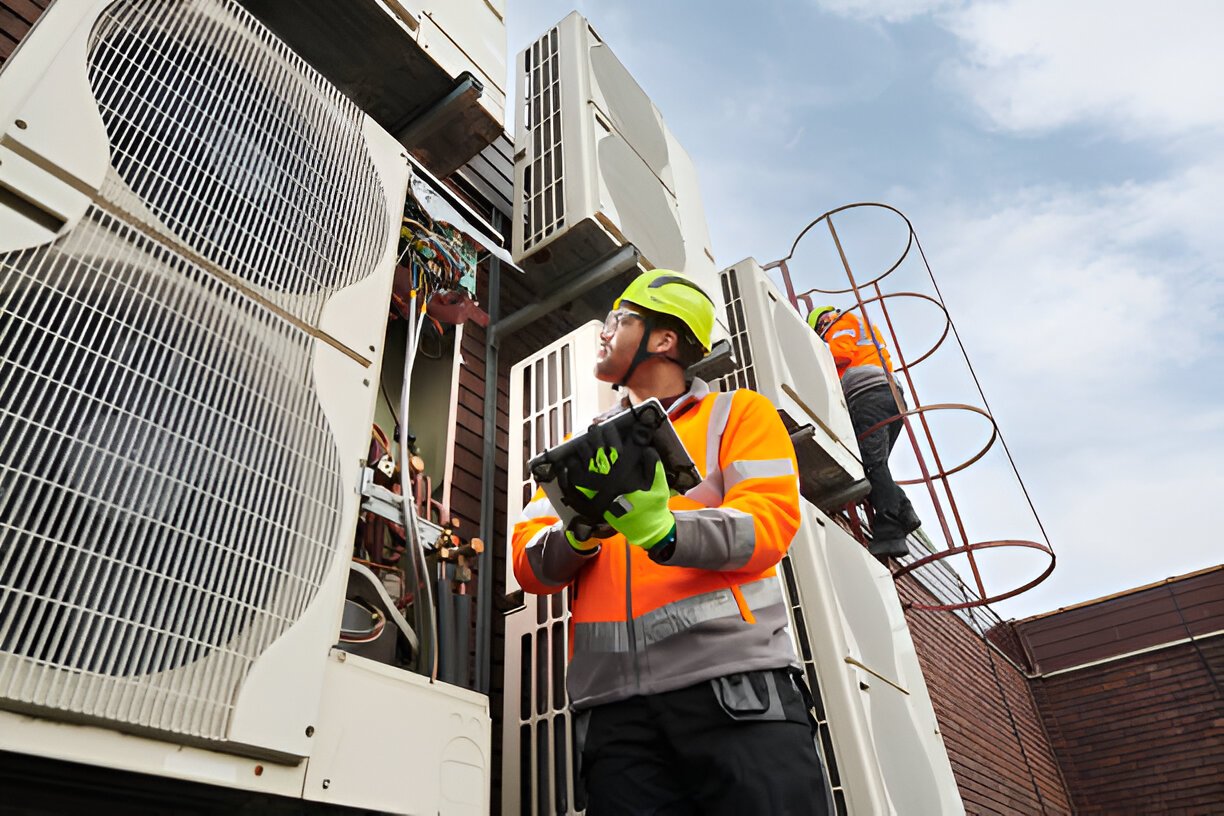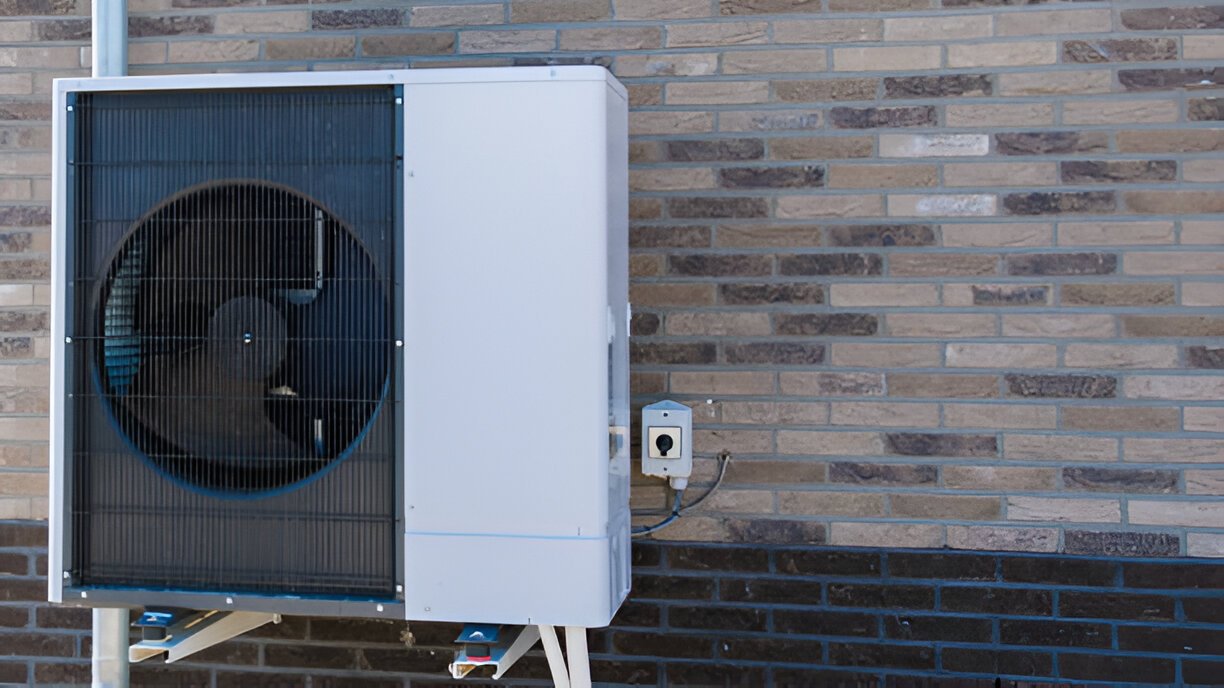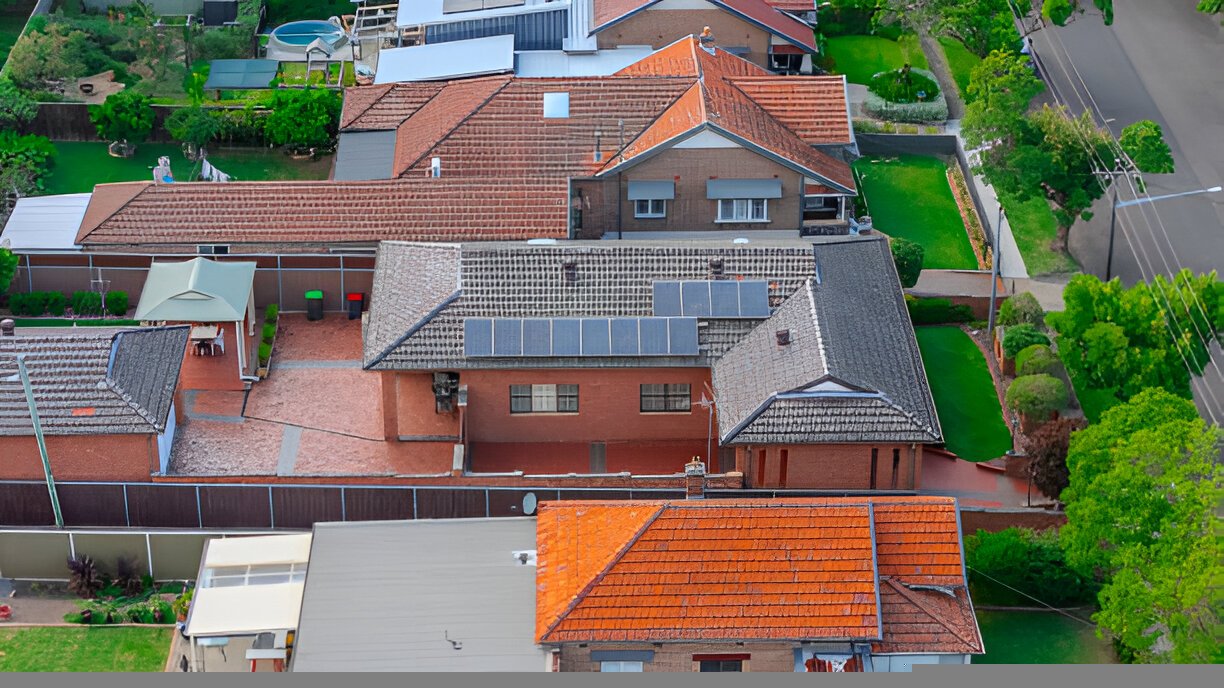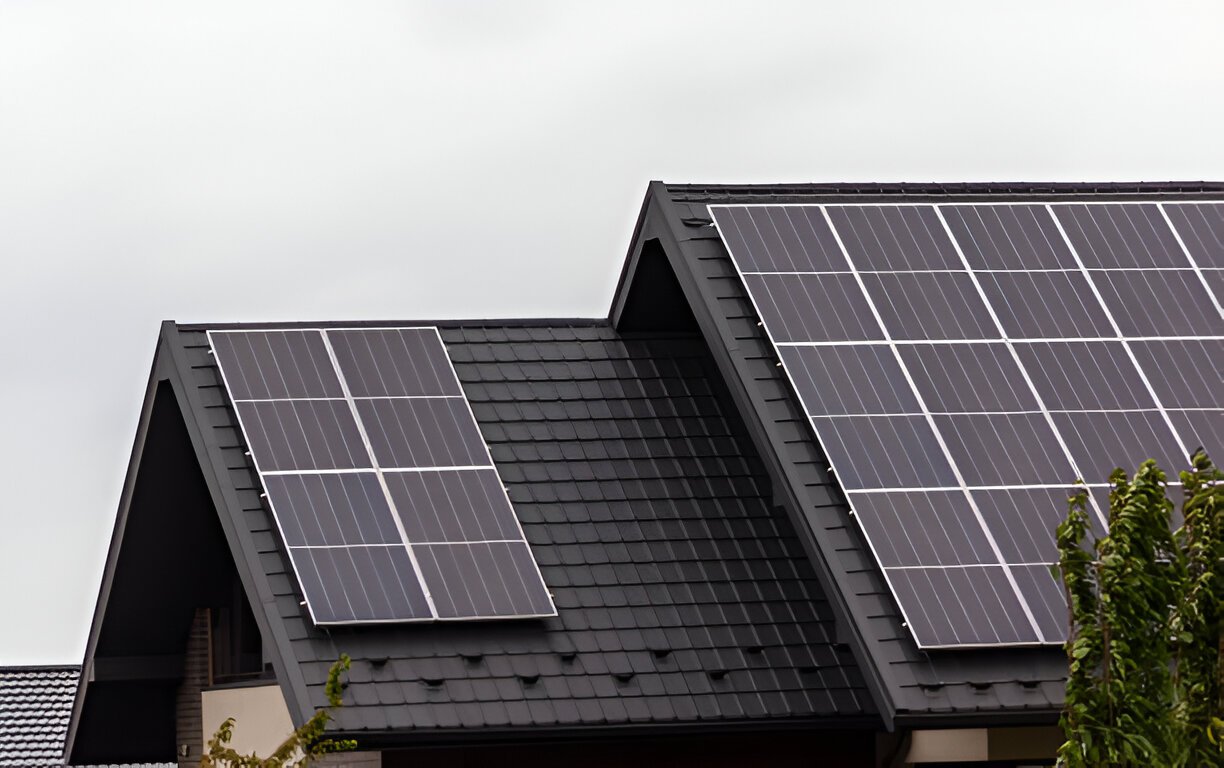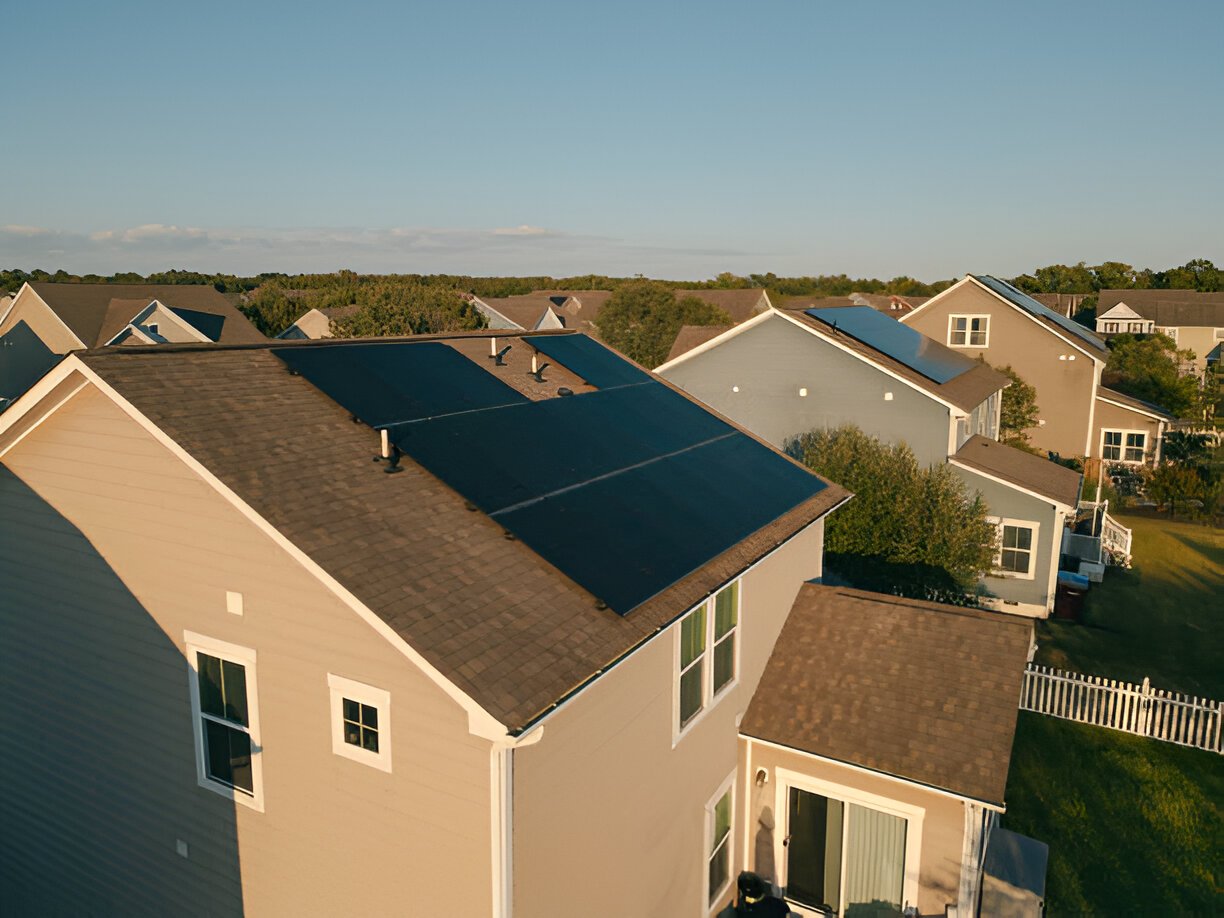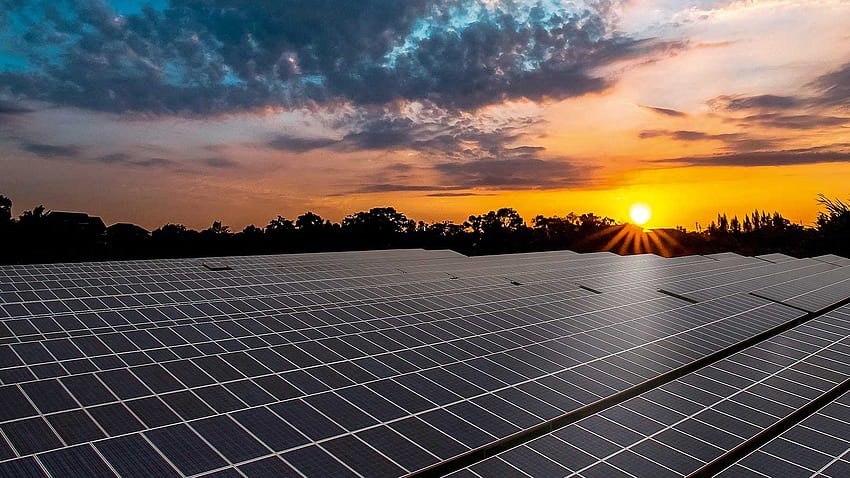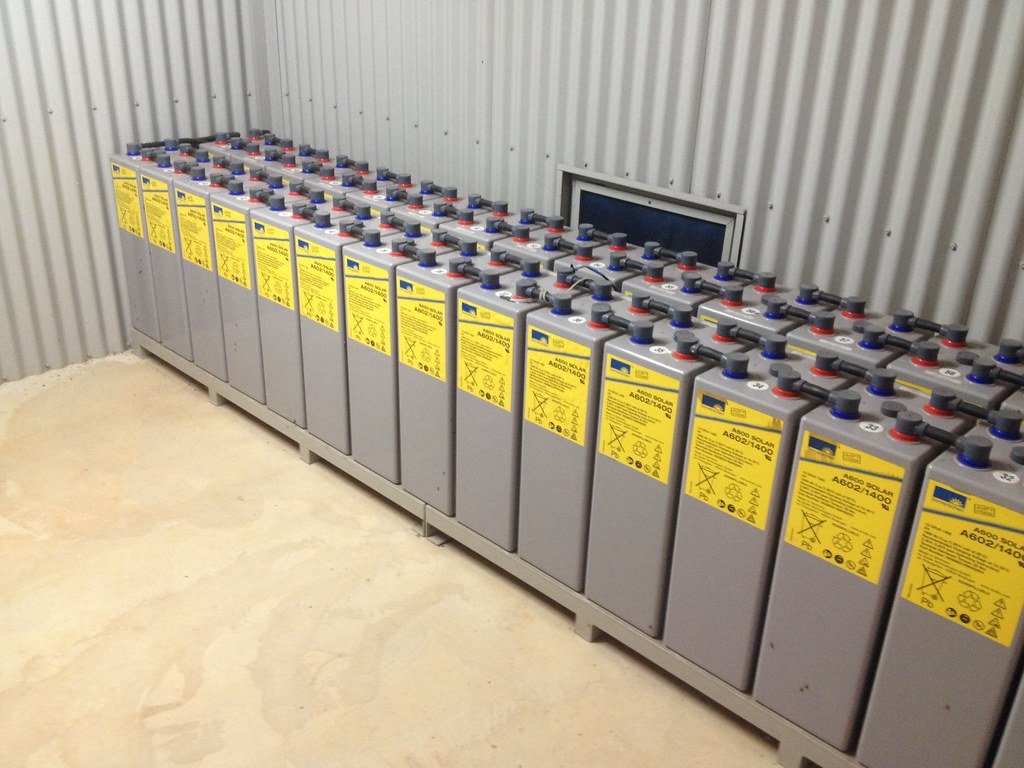Solar panels are a great way to harness renewable energy. It is becoming increasingly common in both residential and commercial spaces.
In 2023, installations of solar systems increased by 87%, compared to the figure in 2022 (Source). This number alone is enough to prove the popularity of the system and the benefits that homeowners and commercial users are reaping from it.
But one common question people ask is: Can solar panels work with little sunlight? Many believe that solar energy is only viable in sunny regions, but this isn’t entirely true. In fact, solar systems can still generate electricity on cloudy or overcast days. However, their performance depends on several factors.
In this article, we’ll explore how solar PV systems work if the light is not ideal. We also have some solar installation and cleaning tips that will allow you to maximize solar energy production, even when there’s no direct sunlight available.
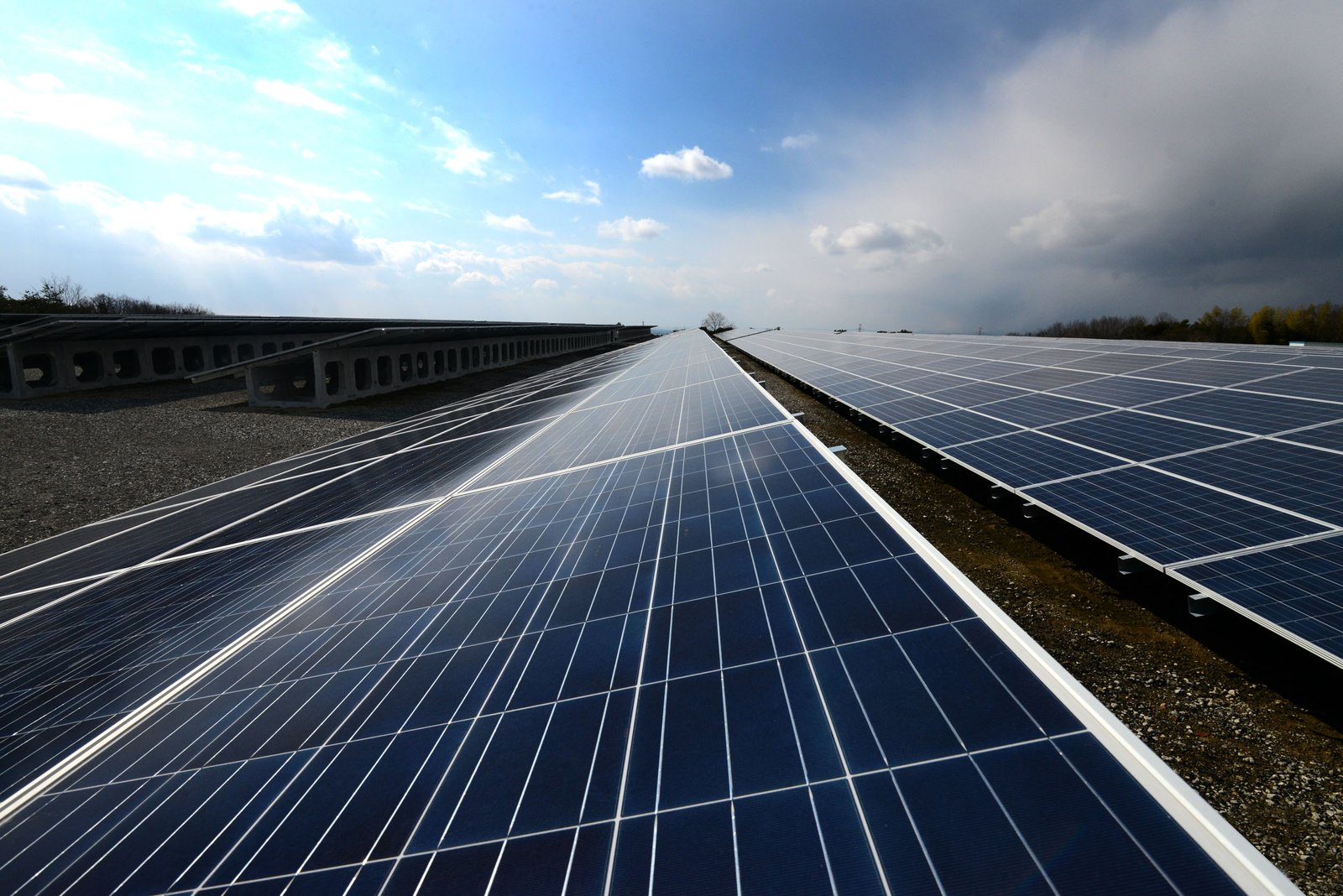
How Do Solar Panels Work?
Solar panels convert sunlight into electricity using photovoltaic (PV) cells. When sunlight hits the panels, it excites electrons in the material, creating an electric current. This current is then directed through the system to power appliances or charge batteries.
The efficiency of this process depends on the intensity of sunlight. On a clear, sunny day, solar cells can absorb more light and produce more energy. However, even in low light, solar panels can still function, though less efficiently.
Most solar panels are made of silicon, which is highly effective at converting light into energy. The panels are designed to capture both direct sunlight and diffuse light, such as the sunlight that comes through clouds or reflected off surfaces. So, while solar panels produce less energy in low light, they do not stop generating electricity altogether.
Modern solar panels are also equipped with inverters that help optimize the energy production process, ensuring that the system works even in less-than-ideal conditions. Though energy output is reduced, solar power is still being generated.
What time do Panels Start Producing Energy?
Solar panels begin generating electricity as soon as sunlight hits them. However, the amount of energy produced depends on the time of day. During early morning or late afternoon, when the sun is low in the sky, solar panels might produce less energy due to the angle of sunlight.
As the sun rises and becomes more direct, the panels start producing more electricity. Peak production usually occurs when the sun is highest in the sky, around midday. At this point, the panels capture the most sunlight and work at their maximum efficiency.
It’s important to remember that solar panels won’t generate any power at night, as there is no sunlight to convert into energy. Therefore, solar power systems often rely on battery storage or grid power during the evening and night.
When are Solar Panels Most Efficient?
Solar panels are most efficient during midday when the sun is at its peak. At this time, the sunlight hits the panels directly and provides the maximum amount of energy for conversion. Solar panels are also most efficient on clear, sunny days with minimal cloud cover.
However, efficiency can be affected by temperature as well. While sunny weather is ideal, solar panels tend to operate more efficiently in cooler temperatures. High heat can cause panels to overheat and reduce their efficiency. In contrast, cooler but sunny days are ideal for energy production.
Other factors, such as the orientation and angle of the panels, also play a role in their efficiency. Proper installation by a professional can ensure that the panels capture sunlight at the optimal angle, maximizing energy production. Samso Solar is a UK-based solar company that hires only professionals for its installation process so your solar panels can work most efficienctly, even when the light is not optimal.
Do Solar Panels Work on Cloudy Days?
Yes, solar panels can still work on cloudy days. In fact, solar panels are designed to capture diffuse sunlight, which is the sunlight that is scattered by clouds or reflected off other surfaces. While the energy output will be lower compared to sunny days, solar panels can continue to generate power even when the sky is overcast.
The efficiency of solar panels in cloudy weather depends on the density of the clouds. Light clouds allow more sunlight to reach the panels, while thick, dark clouds can block a significant amount of light. However, cloud cover does affect solar efficiency. On such days, solar panels will still generate electricity, just not as much as they would on a sunny day.
In regions with frequent cloud cover, solar panels can still be a viable energy source, especially when combined with energy storage systems that allow homeowners to store excess energy for use on days when there’s a thick cloud cover.
How to Maximize Solar Panel Performance in Low Light Conditions
Maximizing solar panel performance in low-light conditions involves a few key strategies:
Proper Panel Orientation
Make sure your solar panels are installed facing the direction that receives the most sunlight throughout the day. In the Northern Hemisphere, south-facing panels usually produce the most energy. The angle at which the panels are installed also affects their performance, so make sure they are tilted to capture the maximum amount of sunlight.
Regular Cleaning
Dirt, dust, and debris can block sunlight and reduce solar panel efficiency. Clean your panels regularly, especially in areas with high dust levels, to ensure they remain clear and efficient.
Invest in High-Efficiency Panels
If you live in a region with frequent cloudy weather, consider investing in high-efficiency solar panels. These panels are designed to capture more light, even in indirect sunlight.
Use Battery Storage
Installing a solar battery system allows you to store excess energy produced during sunny periods for use when there’s an overcast or at night. This ensures a steady supply of power even when sunlight is limited.
Monitor Your System
Use a monitoring system to track your solar panel’s performance. This can help you identify any issues that might be affecting efficiency, such as shading or dirt accumulation.
Conclusion
Solar panels can still generate power even when the sun is not on its peak. However, they are most efficient when they get direct sunlight. Even on cloudy days, they continue to produce energy, albeit at a reduced rate.
By following simple maintenance tips and optimizing the installation, you can maximize your system’s performance. With the right setup, solar panels can be a reliable energy source year-round, even in regions with less sunlight.


